Human beings are good at creating hells for themselves even out of richness.
Octavia E. Butler
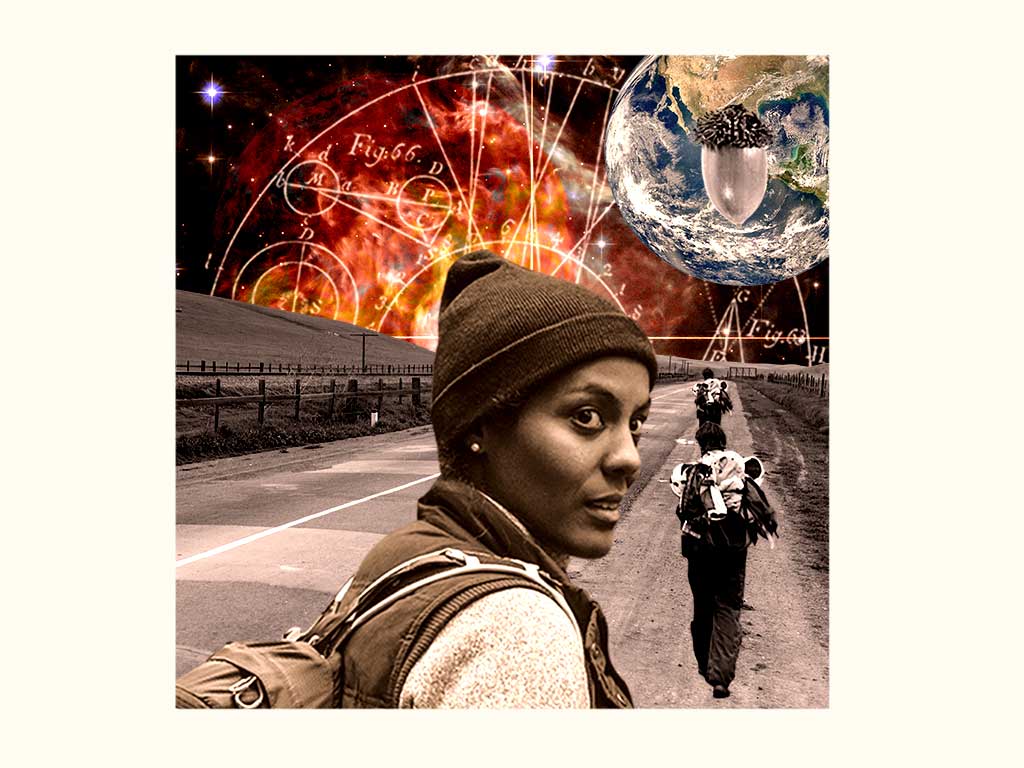
Parable of the Sower
Octavia E. Butler
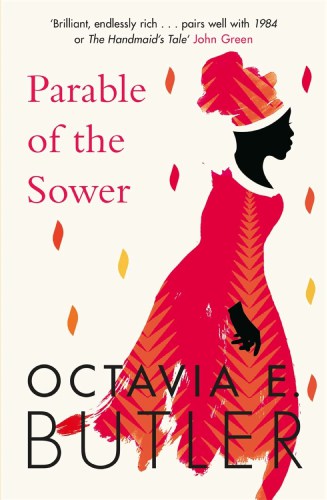
Butler, Octavia E. Parable of the Sower. Headline, 2019. ISBN: 9781472263667
The Parable of The Sower is about a world that might become our own.
Butler imagines a United States broken to pieces by climate catastrophe, greed, slavery and the human desperation feeding back upon that chaos. Her story focuses on a young woman, Lauren Olamina, who possesses a unique power to experience the pain and pleasure of others and who’s prophetic insight into a new conception of God she hopes will unite humanity to seek its future among the stars. Leading a group of travelers on a treacherous journey through a burning California to seek survival and peace, Lauren and her group must recognize the strength in their diversity, guided by the power of the human will to be free and their “harshest teacher,” God.
Why This Text is Transformative?
Butler helps readers consider what good things we may lose if we do not fight for the future...
Butler helps readers consider what good things we may lose if we do not fight for the future, or are too blinded by our comforts today to notice the precarious social and political context which makes their enjoyment possible. The text also helps raise questions about the origin of prophecy, imploring the reader to imagine Lauren and Moses as involved in a shared struggle to articulate a message of freedom from bondage and suffering to a people made nearly deaf to it by despair. It is fruitful to consider the allegorical significance of the “Pyros” who, possessed by a drug, put on costumes of diversity before entering into an ecstatic orgy of murder and immolation, which they understand as justice. Readers may consider what ideological narcotics may encourage similar behaviors today.
A Focused Selection
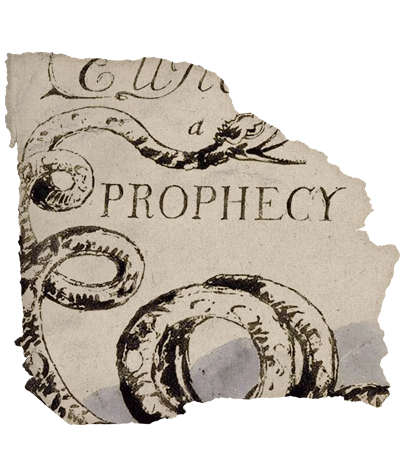
First, a word of caution; this text includes explicit depictions of violence and degradation of all kinds, including sexual violence. It’s probably a good idea to give students a heads-up about that before diving into the text. It may not be suitable for all age groups and audiences. It’s advisable to read it for yourself before deciding if it is appropriate for your students.
In part because of the explicit content, the text should be read in its entirety. Reading excerpts may evaporate Butler’s message of hope embedded in her hellish depiction of a possible future. The following are some discussion questions that apply to the text as a whole or, when referenced, specific chapters. Please note that plot spoilers abound hereafter.
Study Questions
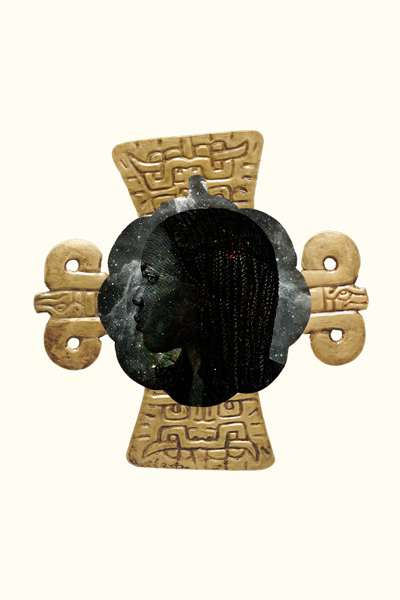
1) What is something you believe which is challenging to believe? Explain in detail why believing that is challenging and why you continue to believe it?
2) What would it take for you to believe someone who claimed to know something about God?
3) In Chapter 6, Lauren’s father argues that, “it is better to teach people than to scare them.” What is his argument for this? When have you scared others about something which you could have taught them?
4) In Chapter 20, we read that Laurn observes that some who gain power over others, “will enjoy their new power – the power to make other submit, the power to take what they want – property, sex, life . . . .” If you were in a position of power over another, such that you could take anything you wanted from them, are you sure that you would not? How do you know you would not enjoy having that power? What can societies do to make it less likely that people who would can?
5) When are people in this text treated as means to an end and when are they treated as ends in themselves? When have you treated someone else as a means to an end rather than an end in itself? What is the difference?
6) We encounter the “Pyros” throughout this text, who, possessed by a drug, put on costumes of diversity before entering into an ecstatic orgy of murder and immolation, which they understand as justice. What ideological narcotics may motivate people today to consider destruction and the creation of mayhem as justice?
7) In Chapter 22, Lauren says. “This world would be better if people lived according to the teachings of almost any religion.” What religious principles do you have or sympathize with that you think would make the world a better place if people actually lived according to them?
Building Bridges
A Recommended Pairing

References and allusions to the Hebrew Bible and New Testament abound in this text. Familiarity with Genesis, Exodus, Job and Luke will surely make for a deeper reading of this text. Dostevesky’s Demons may pair well, as would Orwell’s 1984.
Supplemental Resources
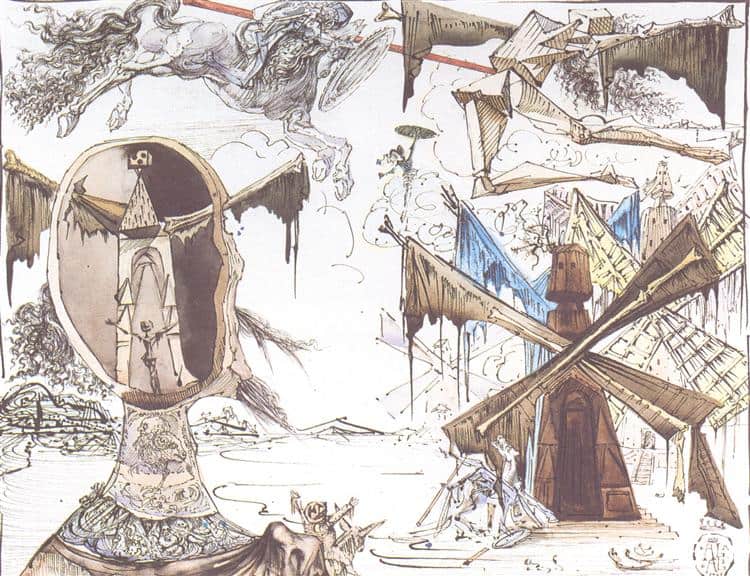
Don Quixote and the Windmills, 1945 - Salvador Dali - WikiArt.org
Don Quixote has been an inspiration for many visual artists. Spanish surrealist Salvador Dali returned to the novel multiple times throughout his long career, creating sketches, paintings, and sculptures of Don Quixote and Sancho, depicting important episodes in the book. A pairing of an episode with one of Dali’s works can lead to a stimulating discussion.
What details do students notice? What do his artistic choices suggest about his interpretation of the characters? To the extent that students are familiar with the story of Don Quixote, it is likely to be as it is filtered through the musical The Man of La Mancha. The musical has its own merits, and is framed by the interesting device of placing Cervantes on stage as a narrator, but of course it is impossible for it to capture much of the complexity of the book – and it alters the ending dramatically. Students may find it interesting to compare the two endings.
Text Mapping
Discipline Mapping
English/Composition Studies
Psychology
Political Science/Government
Page Contributor



